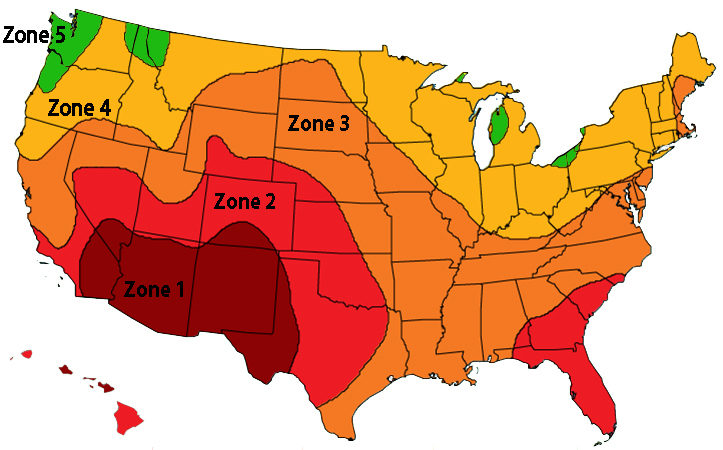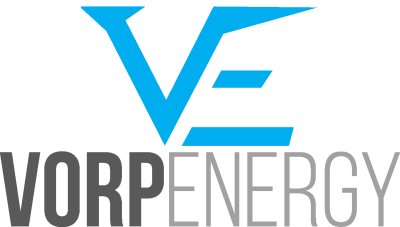One of the most important considerations when planning a remote solar powered surveillance system is the size of your solar panel array.
Why?
Because if your solar array isn’t big enough and doesn’t capture enough sunlight, then it won’t provide enough power for your surveillance equipment, then you might need to start over.
Almost anyone security integrator/professional who works in either the surveillance or communications industries will tell you that the only acceptable amount of down-time is… none. After all, even a brief outage of surveillance equipment can cost tens of thousands of dollars, or more, in theft, damages, and/or liabilities. Clearly an undersized solar array is a serious issue.
On the other hand, unnecessarily large power systems can add significant cost and complexity to an installation.
There’s a lot of things to take into account when comes to sizing your solar array correctly:
- Project location,
- seasonal changes,
- micro-climates,
- equipment requirements,
- among other factors, further complicate this important step in providing solar power for IP cameras and wireless communications equipment.
With thousands of systems operational in the field, (including the original prototypes installed over 9 years ago) we at Vorp Energy are here every step of the way to help you win more projects and spend less time servicing those projects.
Read on to learn how to size a solar system for off-grid surveillance and communications, or get in touch with a Vorp Energy expert who can help design the right portable power system for your application.
Determine the Installation Solar Zone
The first step that needs to be taken is to determine which solar zone the surveillance equipment installation will take place in. Weather conditions can vary wildly from season to season in different regions, which normally affects the amount of energy that can be generated with a solar system. Surveillance equipment that is powered by a solar array sized for “average” or “typical” sun conditions simply won’t make the cut.
Longer nights in the winter months will strain the equipment by over discharging the batteries and not completing full charge cycles. Left un-checked these issues will lead (sooner rather than later) to a total system outage and expensive battery replacement costs. On top of this cost, without an upgrade to the solar power system, the same problem will occur every winter.
Obviously it’s very important to take the installation region into consideration when planning to use a solar system to power your outdoor security installation.
In order to simplify this process, and at the same time ensure reliable up-time, the Vorp Energy team has divided up the United States into 5 different solar zones. (Not in the U.S.? Refer to the World Solar Zone Map here.) To determine the solar zone simply locate the installation location on the map below. NOTE: Locations near or on the border between 2 zones should be treated as the higher zone.

Determine Power Requirements of Surveillance Equipment
The next step when estimating the size of the solar array needed for your system is to define the total power consumption of the equipment being used. If your solar panels are under sized for the equipment that will be used in the installation, frequent outages and permanent battery damage are likely to result.
The power consumption of a device can vary wildly between brands, styles, and even models. For this reason it is important to check the DATA SHEET of the equipment being used for the maximum power consumption specified by the manufacturer. Nearly all surveillance and communications equipment will specify a power consumption in WATTS on the DATA SHEET.
While reviewing the DATA SHEETS of equipment for a planned solar power location it can be useful to also identify the operating voltage of the equipment. The operating voltage won’t necessarily effect the size of the solar array needed, but it will determine what converters and injectors should be included later. It is usually worthwhile to note the operating voltage when identifying power requirements.
Once you have determined both the installation solar zone and the total power consumption of the equipment to be installed, enter that information into the Solar System Planner found here.
Get Expert Help for Your Next Installation at VORP ENERGY
Our remote power experts have extensive experience powering surveillance cameras and wireless communications equipment throughout the U.S., Canada, and Mexico. With an impressive track record of 1000’s of successful installations we are well prepared to help design the ideal remote surveillance system for your next installation.


Leave a Reply